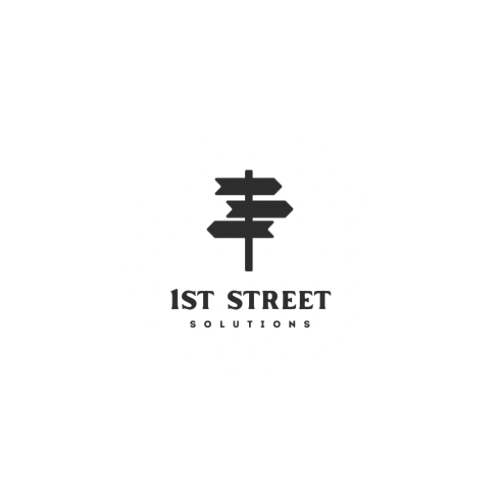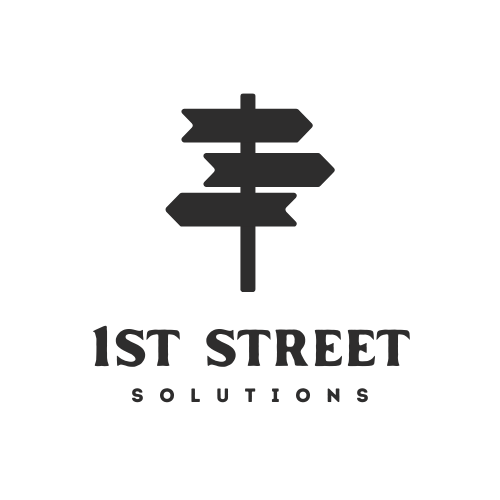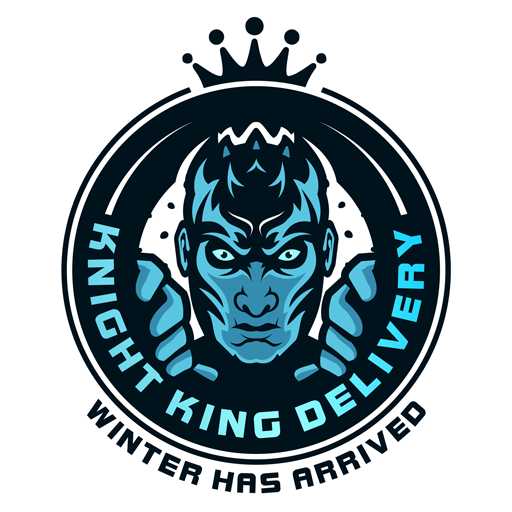Getting started with New Clothes Wholesale lets you explore different styles without overcommitting. Instead of betting everything on one look or trend, you can source a variety of designs in manageable quantities. This approach provides you with hard data on what your customers actually want, what gets clicks, what gets added to the cart, and what flies off the shelves. It’s the difference between guessing and knowing. You can adapt fast, ditch what doesn’t sell, and double down on what does. This is how fashion businesses stay agile, relevant, and profitable in a market where consumer tastes shift quickly.
Wholesale Pricing Gives You Higher Profit Margins and Room to Grow
Buying in bulk isn’t just cheaper, it’s a strategic advantage. When you start with wholesale pricing, your profit margins immediately improve, and that extra breathing room can make or break a new business. You’re not stuck trying to compete with razor-thin retail markups. Instead, you have room to offer discounts, run promotions, or reinvest in your brand. The money you save on sourcing can be invested in building a better website, running smarter ads, or designing more effective packaging. All of that adds up to faster growth without needing outside capital or credit lines.
No Need for Manufacturing Save Time, Skip the Hassles, and Focus on Selling
Designing and manufacturing your own clothing line sounds exciting until you hit the delays, minimum order quantities, and endless revisions. Starting with ready-to-sell pieces takes that entire burden off your shoulders. You can focus on what actually builds a fashion business: branding, marketing, and customer experience. By sourcing pre-made styles, you eliminate production timelines and quality control headaches. You get to build your audience, test your messaging, and develop your aesthetic without waiting six months for your first samples to arrive. That speed gives you a massive edge over slower competitors.
Is Buying New Clothes Wholesale from China Still Worth It in 2025?
In 2025, China still dominates the global apparel scene, but it’s no longer just about low-cost mass production. The country’s garment sector has matured, adopting automation, eco-friendly dyeing techniques, and faster turnaround times. While neighboring countries like Vietnam and Bangladesh have carved out larger market shares, China has focused on moving up the value chain. Smart factories and vertically integrated supply chains give Chinese suppliers a clear edge in speed and reliability. However, with rising labor costs and more regulatory scrutiny, buyers need to be more selective than ever. The days of blindly ordering bulk from any factory are gone; due diligence is now critical.
Why Sourcing Clothes from China in 2025 Is More About Strategy Than Bargain Hunting
What used to be a straightforward price play has become a strategic sourcing decision. Companies that treat China like a one-stop shop for dirt-cheap clothing will likely run into quality issues, slow lead times, or even legal headaches. On the flip side, those who build relationships with vetted suppliers, invest in communication, and understand the logistical complexities can still unlock significant value. It’s about more than margins; it’s about control, consistency, and the ability to scale. With increased competition and consumer demands for transparency, smart sourcing isn’t just optional anymore; it’s a survival.
Womens Wholesale Clothing Trends for 2025: What’s Hot in Bulk Fashion
In 2025, Womens Wholesale Clothing suppliers are seeing demand driven by two dominant aesthetics: refined minimalism and unapologetic boldness. Quiet luxury continues its stronghold, with clean silhouettes, monochrome tones, and high-quality basics commanding space in every bulk order. Think structured blazers, neutral knitwear, and elevated loungewear pieces that feel effortless yet expensive. But at the same time, retailers can’t ignore the bold comeback of Y2K influences. From iridescent fabrics to low-rise cargo pants and eye-catching prints, there’s a clear appetite for expressive, nostalgic fashion. The smartest wholesalers are catering to both ends of the spectrum, ensuring their clients can serve customers who want either understated elegance or fashion that makes a statement.
Sustainability is No Longer Optional: Eco-Conscious Styles Dominate Bulk Orders
Green fashion has officially gone mainstream, and in 2025, it’s baked into the core of every serious bulk buying strategy. Buyers are looking beyond buzzwords and demanding transparency, ethical sourcing, and reduced environmental impact from the brands they stock. Organic cotton, recycled synthetics, and low-waste manufacturing are not just appreciated, they’re expected. Styles like biodegradable knit tops, plant-dyed denim, and minimal-packaging outerwear are now commonplace in high-volume orders. But what’s really driving change is consumer behavior. Shoppers are actively choosing retailers that align with their values, which means wholesalers must supply product lines that check both the style and sustainability boxes. Green is no longer a niche; it’s the new normal.
Elevated Comfort Continues Its Reign: Loungewear Meets Streetwear in Smarter Silhouettes
Post-pandemic comfort fashion is not slowing down; it’s evolving. In 2025, loungewear is becoming more structured, versatile, and street-ready. Wholesale buyers are prioritizing matching sets, wide-leg knit pants, oversized button-downs, and soft, tailored pieces that blend comfort with polish. Athleisure is also going high-fashion, with tech-infused fabrics, elevated hoodies, and sculpted leggings entering the mix. These pieces aren’t just for downtime anymore; they’re designed to transition seamlessly from home to the office to the café. It’s about function without sacrificing form, and wholesalers are ramping up production of items that offer that perfect intersection of utility, softness, and aesthetic appeal. If it’s cozy, breathable, and Instagrammable, it’s going to sell.
Tips to Avoid Scams When Buying Womens Wholesale Clothing Online
Before you even consider clicking “Buy Now,” take time to research who you’re dealing with. A legitimate supplier will have a professional website that includes full contact information, business address, email, and a working phone number. Scam sites often leave out key details or provide fake ones. You should also check for a secure connection by looking for “https” in the website’s URL. Even better, run a WHOIS domain lookup to see how long the site has been around. If it was created recently or is registered anonymously, that’s a major red flag. Also, confirm if the business has a presence on platforms like LinkedIn or has been mentioned in reputable directories. If a company appears out of nowhere and can’t be traced beyond its own website, don’t take the risk.
Look for Real Customer Reviews From Verified Buyers, Not Just Generic Testimonials
Scammers know that buyers are looking for validation, so they often flood their sites with fake, overly positive testimonials. You’ll see vague lines like “Amazing quality!” or “Super fast shipping!” but no real substance. Genuine reviews usually mention specific products, sizing accuracy, packaging, delivery times, or even the name of a customer service rep. Use external review sites like Trustpilot, SiteJabber, or even Facebook business pages to get an honest read. Another smart move is to search the supplier’s name along with keywords like “scam,” “complaint,” or “fraud” to uncover hidden issues others may have encountered. If it feels too good to be true, it probably is.







